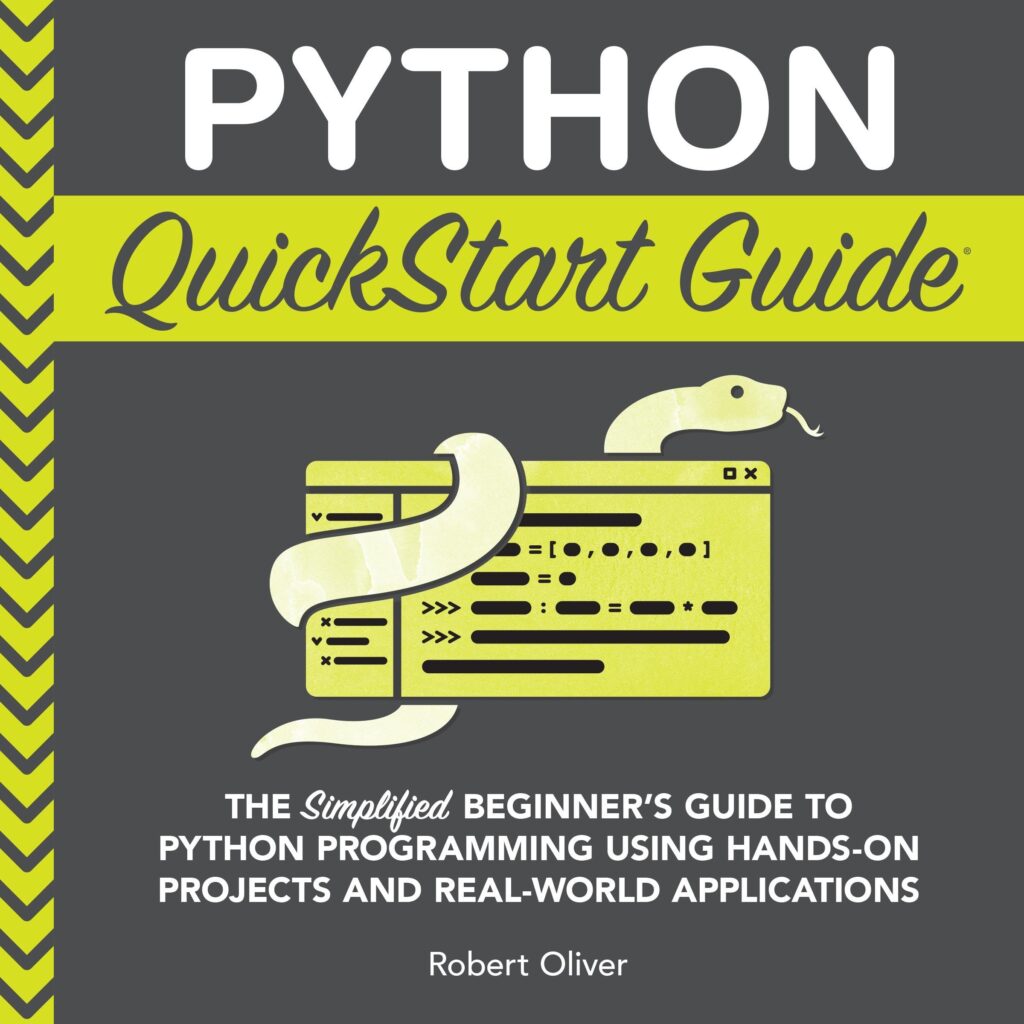
The Python standard library module sys provides access to various interpreter-level functions and variables, including information about the floating-point representation used by the system. The sys.float_info attribute is a struct sequence that holds several attributes related to the floating-point arithmetic of the underlying platform.
Understanding the characteristics of floating-point numbers especially important when working with numerical computations, as they can have implications on precision, range, and performance. The sys.float_info offers a convenient way to query these details, allowing developers to write more robust and efficient code that accounts for the limitations and quirks of floating-point arithmetic.
Some key reasons to use sys.float_info include:
- Determining the maximum and minimum representable float values on the system
- Checking the number of decimal digits that can be represented accurately
- Understanding the exponent range and other properties of the floating-point format
- Detecting potential issues with precision or overflow/underflow conditions
By using the information provided by sys.float_info, developers can make informed decisions about data representation, algorithm design, and error handling strategies when working with floating-point numbers.
import sys # Access the float_info struct float_info = sys.float_info
Ulta Beauty Physical Gift Card - $25
$25.00 (as of December 9, 2025 08:35 GMT +00:00 - More infoProduct prices and availability are accurate as of the date/time indicated and are subject to change. Any price and availability information displayed on [relevant Amazon Site(s), as applicable] at the time of purchase will apply to the purchase of this product.)Accessing Float Information
Accessing the float information provided by sys.float_info is simpler. You can simply import the sys module and reference the float_info attribute, which is a struct sequence containing various attributes related to the floating-point representation used by the system.
import sys # Access the float_info struct float_info = sys.float_info
Once you have the float_info struct, you can access its individual attributes using dot notation. Here are some common attributes and their meanings:
- The maximum representable finite floating-point number.
- The minimum positive normalized floating-point number.
- The number of decimal digits that can be represented accurately in the binary representation.
- The number of base-radix digits in the significand part of the floating-point representation.
- The smallest positive number such that 1.0 + float_info.epsilon != 1.0.
- The maximum integer e such that radix**(e-1) is representable.
- The minimum negative integer e such that radix**(e-1) is a normalized floating-point number.
You can access and print these values as follows:
print("Maximum float value:", float_info.max)
print("Minimum float value:", float_info.min)
print("Decimal digits precision:", float_info.dig)
print("Significand digits:", float_info.mant_dig)
print("Epsilon (machine precision):", float_info.epsilon)
print("Maximum exponent:", float_info.max_exp)
print("Minimum exponent:", float_info.min_exp)
Understanding Float Attributes
The sys.float_info attribute provides access to various properties and characteristics of the floating-point representation used by the system. Here are some key attributes and their meanings:
- The maximum representable finite floating-point number.
- The minimum positive normalized floating-point number.
- The number of decimal digits that can be represented accurately in the binary representation.
- The number of base-radix digits in the significand part of the floating-point representation.
- The smallest positive number such that 1.0 + float_info.epsilon != 1.0. This value represents the machine precision or the smallest relative difference between two adjacent floating-point numbers.
- The maximum integer e such that radix**(e-1) is representable.
- The minimum negative integer e such that radix**(e-1) is a normalized floating-point number.
Understanding these attributes can help you write more robust and precise numerical code by accounting for the limitations and quirks of floating-point arithmetic. For example, knowing the machine precision (epsilon) can help you determine the appropriate level of precision for computations and comparisons involving floating-point numbers.
Here’s an example of how you can access and print these values:
import sys
float_info = sys.float_info
print("Maximum float value:", float_info.max)
print("Minimum float value:", float_info.min)
print("Decimal digits precision:", float_info.dig)
print("Significand digits:", float_info.mant_dig)
print("Epsilon (machine precision):", float_info.epsilon)
print("Maximum exponent:", float_info.max_exp)
print("Minimum exponent:", float_info.min_exp)
By understanding the characteristics of floating-point numbers and using the information provided by sys.float_info, you can make informed decisions about data representation, algorithm design, and error handling strategies when working with numerical computations.
Practical Applications of sys.float_info
The sys.float_info attribute in Python has several practical applications when working with floating-point numbers and numerical computations. Here are some common use cases:
- By knowing the machine precision (float_info.epsilon) and the number of decimal digits that can be represented accurately (float_info.dig), you can determine the appropriate level of precision for calculations and comparisons involving floating-point numbers. This can help prevent unexpected rounding errors or loss of precision.
import sys
float_info = sys.float_info
epsilon = float_info.epsilon
dig = float_info.dig
# Round a value to the appropriate precision
value = 3.14159265358979
rounded_value = round(value, dig)
print(f"Rounded value: {rounded_value}") # Output: Rounded value: 3.14159265359
# Check if two floats are approximately equal within machine precision
a = 0.1
b = 0.3 - 0.2
if abs(a - b) < epsilon:
print("The values are approximately equal within machine precision.")
else:
print("The values are not equal.")
import sys
import math
float_info = sys.float_info
max_value = float_info.max
min_value = float_info.min
# Check for overflow
large_value = 1e1000
if large_value > max_value:
print("Overflow occurred!")
# Check for underflow
small_value = 1e-1000
if small_value < min_value:
print("Underflow occurred!")







